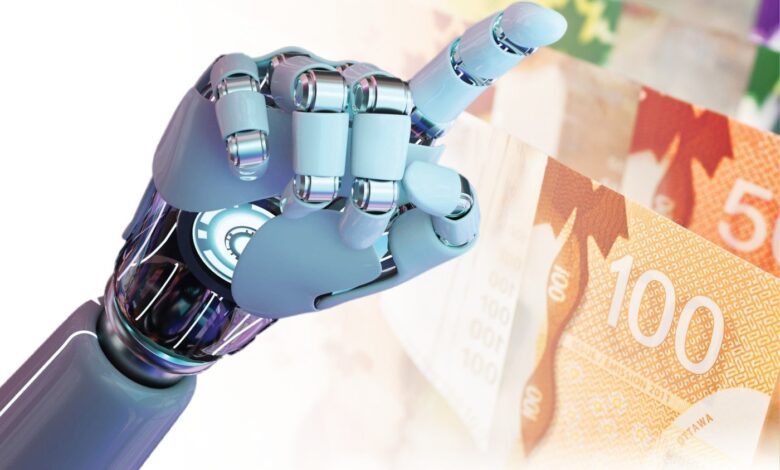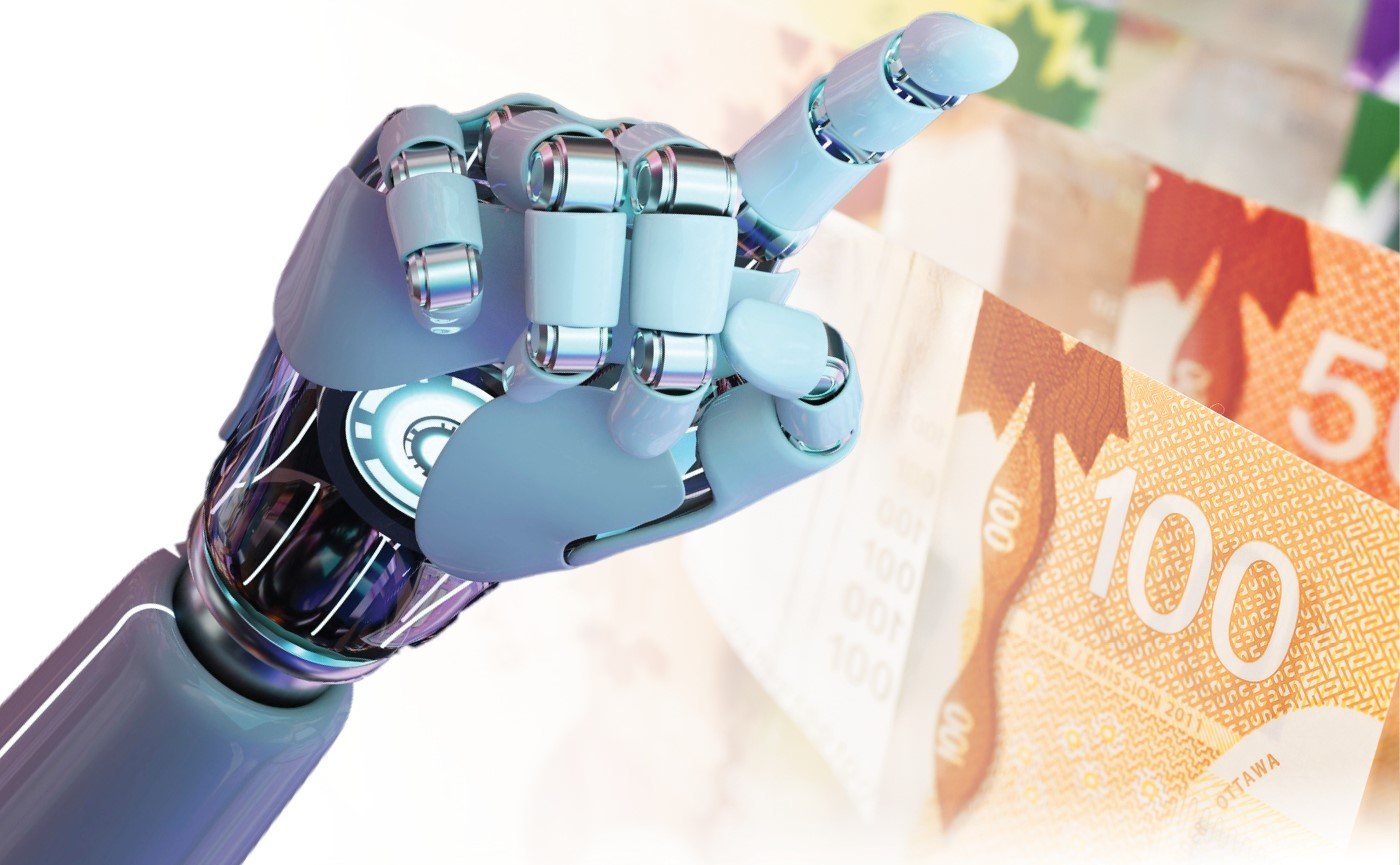From the Magazine: Is pricing ready for artificial intelligence?

 These days, it is hard to escape artificial intelligence (AI). From search bars to Facebook, AI tools are being increasingly integrated into our daily lives and activities.
These days, it is hard to escape artificial intelligence (AI). From search bars to Facebook, AI tools are being increasingly integrated into our daily lives and activities.
Parts pricing — or any pricing for that matter — is not immune to AI. The topic often comes up in my conversations with clients. One client even pointed out that they have started to use AI in their pricing decisions. Since AI applications are at a nascent stage across most organizations, I was curious about how this company was using AI in their pricing decisions. On more probing, it was clear that they were not using AI at all. They were automating some processes and actions, which they conflated with AI implementation.
True AI — one that can provide generative decisions and actions based on complex variables — is still far from reality in pricing action. Large retail companies are now beginning to explore the possibilities of AI in their revenue growth strategy. But it is still early days.
As far as I know, AI has yet to meaningfully penetrate the realm of parts pricing. But where does the practice stand today? How can professionals adopt AI in their tool kit? What will be the ROI?
The state of AI in parts pricing
Today, at its best, aftersales pricing actions hover between rules-based pricing and quasi-automation, the latter generally actioned through pricing software. At its worst, there is no strategy with outcomes determined by experience, instinct and Excel. Shockingly, the latter makes up most of the industry and is rampant even among large-sized companies.
Retailers are the furthest ahead in the game. They are utilizing some of the advanced automation tools that good software can offer. Their pricing actions are driven by multiple factors: Economic, customer, financial, competitive and volumetric. But the outcomes are still driven by rules created by pricing teams.
In other words, a price change is still dependent on logic developed, built and altered by human input.
In a true AI environment, pricing action will be autonomous and self-sustaining. The tool/software will be learning, correcting and optimizing itself along the way without human intervention.
Here’s an example: Currently, pricing professionals put caps on price increases and decreases in their rule sets to ensure that prices do not go beyond a certain threshold that could potentially undermine competitiveness and margin targets. These caps must be tweaked periodically to ensure alignment with market requirements. AI would eliminate the need for these manual adjustments. It will automatically consider the business imperatives acquired through training models and adjust these thresholds on its own.
Using AI in parts pricing
AI opens up various possibilities for pricing strategy. Even with automation, custom pricing for individual parts in a portfolio is nearly impossible. AI will enable companies to target the individual nuances of each SKU and price those products accordingly to maximize not just revenue, but also customer value. For instance, certain high-moving SKUs can be autonomously monitored for seasonality, competition and economy. The prices for these SKUs can be reliably adjusted when one or more of these factors change without human intervention.
Similar things can be done in another context. If a supplier or retailer has ‘good, better, best’ portfolio, AI can be set up to self-adjust, while keeping the relative price distance between these products required to maintain value perception. Companies can also automatically price according to sales channels.
AI can also help users implement automatic geo-pricing — that is, creating specific prices based on region, city or postal codes. Some U.S. parts retailers have already begun to action them but, as AI improves, these actions will become more dynamic, leveraging factors such as real-time demand and inventory.
Benefits and costs
The key benefits of AI are self-evident. The most critical one is the ability to find micro-opportunities that are mostly likely missed by both manual analysis and automation. Another key advantage would be predictive analysis. Current tools rely on historical data to guide decisions. Of course, complex statistics are used to make forecasts, but they’re limited by human and software capabilities. AI will allow companies to anticipate price changes and take actions automatically.
While there is little doubt about the ROI of AI, many companies may balk at costs. First, there is the cost of technology. Companies such as Microsoft and Google have already made waves with their decisions to charge business-to-business customers for their AI tools. When pricing software companies start fully integrating into their products, costs will go up.
But the AI bill does not end there. AI specialists are in high demand and are extremely expensive to hire. While user companies will not lead large AI teams, they will still need professionals who have a strong knowledge of implementing and running AI tools. AI will also require data — tons of it. Companies can also expect their information costs to soar in their AI journey.
But these investments will be critical, as they will separate the winners from the losers.
Kumar Saha is vice president (U.S.)/managing director (Canada) of global automotive data firm Eucon. He has been advising the North American automotive industry for over a decade and is a frequent conference speaker and media commentator. He is based out of Toronto.
The article originally appeared in the May issue of Jobber News



